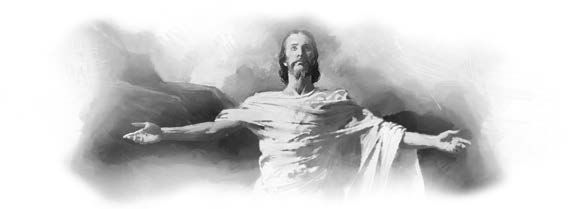Eulalia Rashid ran out of beer and headed to the store to buy more in the Northern Mariana Islands, a U.S. commonwealth in the Pacific Ocean.
It was Christmas Eve. She was lonely and had no one with whom to celebrate the holiday. An alcoholic for 37 years, she had all but abandoned her four children and 13 grandchildren. She also was ill with colon cancer.
As Eulalia walked, a small wooden box caught her eye on the ground on the darkened street. She picked it up and shook it, thinking some money might be inside. Sure enough, a penny was inside, and she placed the box in her pocket. Minutes later, standing in the light of the store, she pulled out the box and saw words written on the top, “Your word is a lamp to my feet and a light to my path” (Psalm 119:105, NKJV).
The next morning, on Christmas Day, Eulalia read and reread the words on the box. What is this “word”? she wondered. What is this lamp that is to light my path? Eulalia had always believed in Jesus, but she had never had a relationship with Him. Now she tried to translate Psalm 119:105 into her native Tomoro and Palau languages. She looked up the verse in several Bible translations. Still not understanding the words, she decided to read through the entire Bible. Maybe she would find an explanation somewhere.
One day, she read John 1:1, which says, “In the beginning was the Word, and the Word was with God, and the Word was God” (NKJV). Her eyes lit up with joy. She read on, “And the Word became flesh and dwelt among us” (John 1:14, NKJV). Here is the answer! she thought. The Word is Jesus! Jesus is the Lamp that lights my path!
By now she loved reading the Bible. She kept on reading, and she started to pray regularly. As she read and prayed, her life changed. She read that God had set aside the seventh day as Sabbath in Exodus 20, and she began to keep the Sabbath in her home. She read about clean and unclean foods in Leviticus 11 and modified her diet. When she saw that God gave Adam and Eve a plant-based diet, she cultivated a garden of sweet potatoes, spinach, string beans, eggplant, tomatoes, tapioca, papayas, mangoes, lemons, dragon fruit, soursop, mulberries, and coconuts.
Her family did not understand what was going on. They were astonished to see that she had stopped drinking. She told them that one day she had simply decided not to drink, and Jesus had taken away her desire for alcohol in the twinkling of an eye.
Eulalia didn’t know it, but she was already becoming a missionary to her family by her example.

